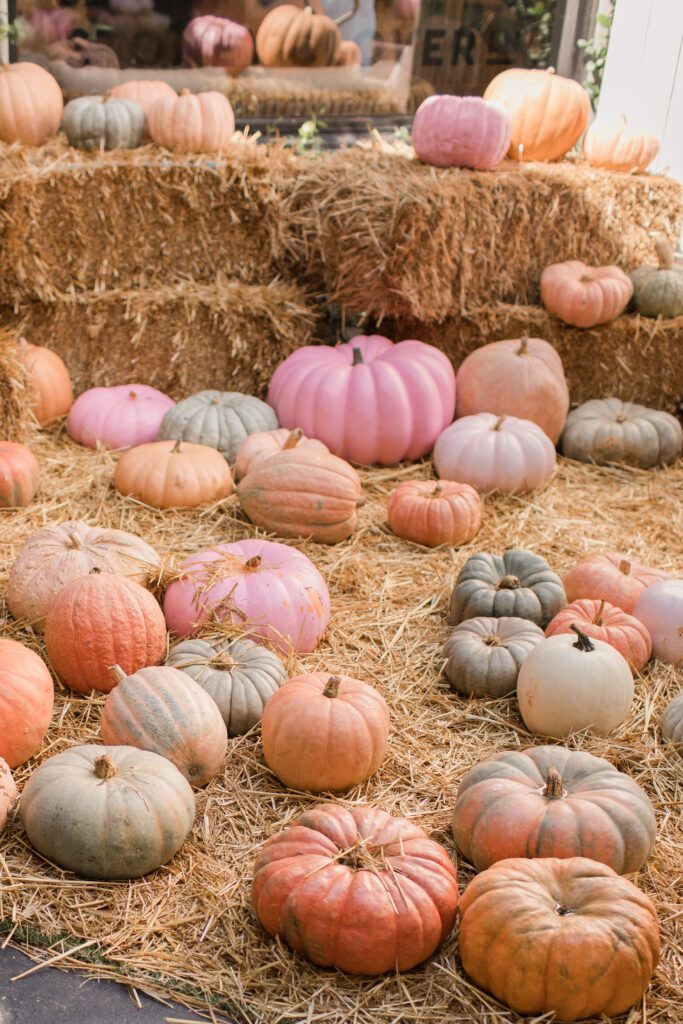by TERESA SCHIFFER
Sponsored by Farm Credit of Central Florida
The days are growing shorter, and the gourds are growing large and ripe, ready to harvest from spiraling vines for our dinner tables and autumn celebrations. Although pumpkins are not the orange fruit one typically associates with Florida, it’s true that we produce our fair share here.
Pumpkins in History
Florida is not particularly well-known for its pumpkin production. However, pumpkins are
grown in every state in the U.S., including Florida, as well as on every continent except
Antarctica! According to UF/IFAS, “Howden” and “Jackpot,” are pumpkin varieties that
grow well in Florida for jack-o’-lantern use. For those looking to grow pumpkins that can
reach the 200-pound range, look to varieties like “Big Max,” “Big Moon,” and “Atlantic
Giant.”
Scientists believe pumpkins have been present on this continent for at least 9,000 years since seeds found in Mexico have been dated to 7000 B.C. It is thought that pumpkins and other squash were the first crops to be domesticated in the Americas. The various gourds and melons known as “vine vegetables” are called cucurbits and are all part of the Cucurbitaceae family.
The indigenous people of North America have historically grown pumpkins along river banks along with beans and sunflowers in the method of planting known as the “Three Sisters Method.” In Florida, Seminole pumpkins were grown by the Calusa, Creek, and Miccosukee tribes. The pumpkins were often sliced and dried for long-term storage, although the thick skin of the Seminole pumpkins made it possible to store the gourds whole for months, even in the humidity of Florida. In a dryer region, whole pumpkins could last up to a year.
Pumpkins made an excellent food staple because in addition to the plentiful, nutritious flesh so easily stored for future use, there are varieties that can be eaten when still green and immature. In addition, the flowers and seeds of the plant are also edible.
Unsurprisingly, when European colonists settled throughout the Americas, the hearty pumpkin soon became a regular feature in their diets. Although pumpkins are not specifically mentioned in the historic records of the Pilgrims’ famous first Thanksgiving feast, odds are they were consuming these and other cucurbits throughout the season.
Over time, pumpkins were eventually relegated to the trough as livestock feed as the United States moved from a primarily agrarian lifestyle to a more urban-based one.
Pumpkins began to show up on porches when Irish immigrants brought their native cultural traditions with them to the New World and introduced Americans to
the jack-o’-lantern.
Economic Impact of Pumpkins
The United States produces roughly a billion pounds of pumpkins each year, generating more than $100 million in farm revenue. Six states produce 40 percent of those pumpkins, with Illinois at the top of the list. Pumpkins are grown in every state, however, and the bulk of those gourds are currently destined for crafts rather than the dinner table.

